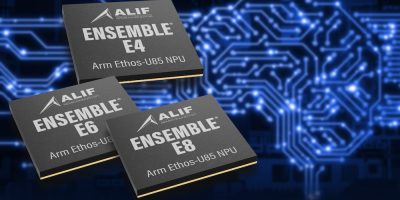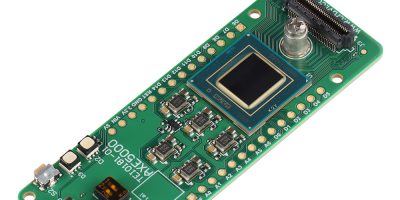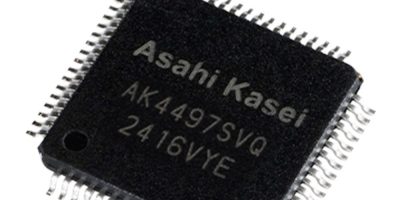Alif Semiconductor has released benchmarks on its latest E4, E6 and E8 microcontrollers and fusion processors.
Latest News
Arrow unveils world’s first dev kit featuring production silicon Altera Agilex 5 FPGA
Arrow Electronics has announced the availability of its new FPGA development platform, the AXE5000 starter kit, featuring the world’s first production silicon Altera Agilex 5 FPGA. This release provides engineers with an opportunity to evaluate and develop designs with a production-ready device.
AKM’s premium DAC delivers sound quality for high-end audio applications
Mouser is now stocking the AK4497SVQ 129dB 2-channel stereo premium digital-to-analog converter (DAC) from Asahi Kasei Microdevices (AKM). Featuring the AKM’s proprietary VELVET SOUND technology, the AK4497SVQ DAC delivers high-fidelity audio with precision for a dynamic, powerful listening experience. The AK4497SVQ DAC is designed for high-end audio applications including USB and Bluetooth headphones, wireless speaker systems, soundbars, and AV receivers.
Raltron introduces MEMS speakers delivering big sound in ultra-compact sizes
Raltron Electronics has announced the launch of its next-generation MEMS Speakers, engineered to set new benchmarks in miniature audio performance for wearables, hearables, smart eyewear, hearing aids, and other ultra-compact audio applications.
About Weartech
This news story is brought to you by weartechdesign.com, the specialist site dedicated to delivering information about what’s new in the wearable electronics industry, with daily news updates, new products and industry news. To stay up-to-date, register to receive our weekly newsletters and keep yourself informed on the latest technology news and new products from around the globe. Simply click this link to register here: weartechdesign.com







